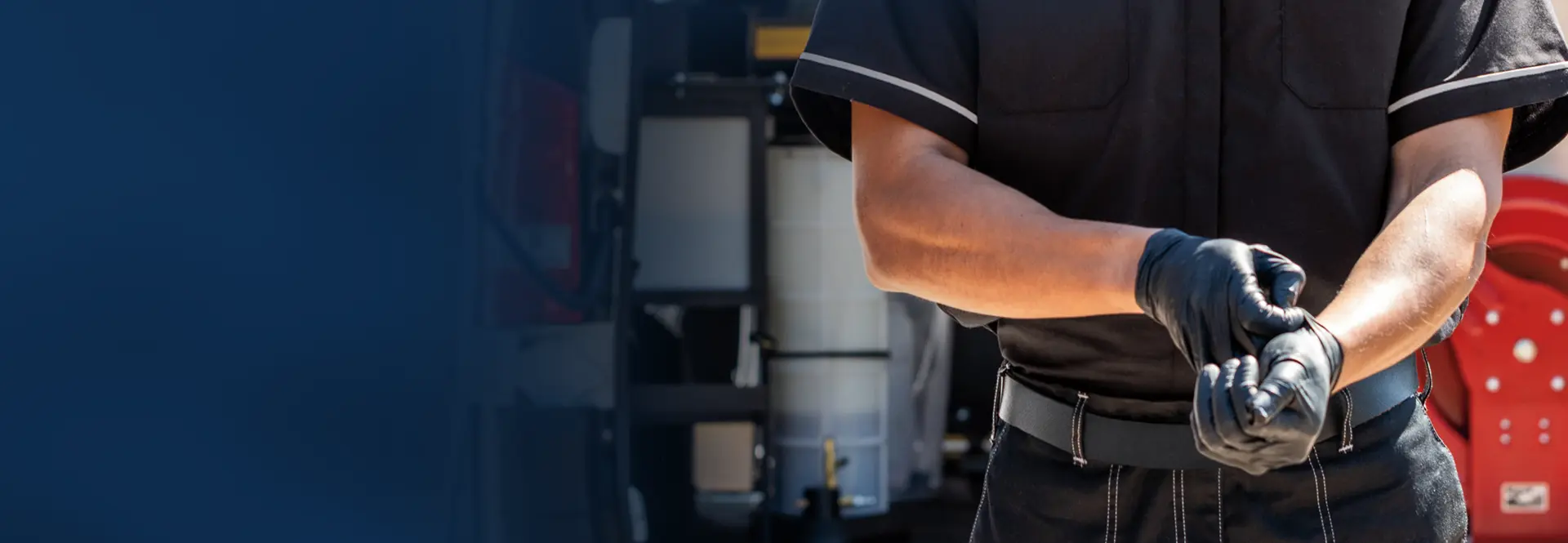Troubleshooting methods for rear dump semi-trailer
In the busy logistics and transportation industry, rear dump semi-trailers are indispensable means of transportation, carrying a large amount of goods and important logistics tasks. However, during use, these powerful means of transportation will inevitably encounter some faults. Troubleshooting and repairing rear dump semi-trailers requires certain professional knowledge and experience. Next, we will start with several common faults and analyze the troubleshooting steps and precautions in detail.
The hydraulic system of the rear dump semi-trailer is the key to its dumping function. Once the hydraulic system fails, it may cause the dumping function to fail. Common hydraulic system failures include oil pump damage, oil pipe leakage, and oil cylinder leakage. To solve these problems, first check the oil level and quality of the hydraulic oil to ensure that the hydraulic oil is sufficient and clean. Then, check the oil pump, oil pipe and oil cylinder one by one, and replace damaged or leaking parts in time.
The electrical system is an important part of modern transportation vehicles, and rear dump semi-trailers are no exception. Electrical system failures may cause problems such as the vehicle failing to start normally, light failure, and abnormal instrument display. When troubleshooting electrical system failures, first check the battery voltage and connection lines to ensure that the battery is fully charged and the lines are well connected. Then, use tools such as a multimeter to detect the resistance, voltage and current in the circuit, find the fault point and repair it.
The transmission system is the power transmission core of the rear dump semi-trailer, including components such as the clutch, transmission, and drive shaft. Transmission system failures may cause problems such as vehicle powerlessness, difficulty in shifting, and abnormal noise. When troubleshooting transmission system failures, first check the working state of the clutch to ensure that the clutch is completely separated and the combination is smooth. Then, check the oil level and oil quality of the transmission and drive shaft, and replace them in time if any abnormalities are found. In addition, check the fasteners and connectors of the transmission system to ensure that they are firm and reliable.
The chassis system is the supporting and walking part of the rear dump semi-trailer, including the suspension system, braking system, tires and other components. Failures in the chassis system may cause problems such as unstable vehicle driving, brake failure, and tire wear. When troubleshooting chassis system failures, first check the fasteners and connectors of the suspension system to ensure that they are not loose or damaged. Then, check the wear of the brake pads and brake discs of the brake system. If the wear is serious, replace them in time. In addition, check the tire pressure and wear regularly to ensure that the tires are in good working condition.
Of course, the above are just some basic troubleshooting methods for common faults of rear-flip dump trailers. In actual operation, we also need to respond flexibly according to the specific situation, and judge and deal with it in combination with professional knowledge and experience. At the same time, we must also pay attention to the daily maintenance and maintenance of the vehicle, discover and solve potential problems in time, and ensure that the vehicle is always in good working condition.
Troubleshooting and repair of rear-flip dump trailers require not only professional knowledge and skills, but also patience and carefulness. Only by taking every detail and step seriously can we ensure that the vehicle is properly repaired and maintained. At the same time, we must also pay attention to the technology and dynamics in the industry, and continue to learn and improve our professional level and service capabilities.








